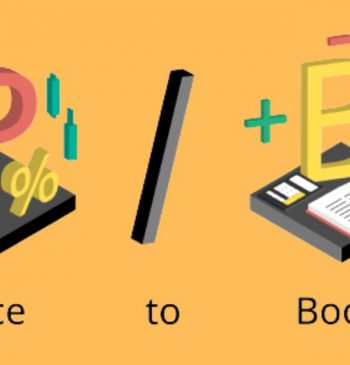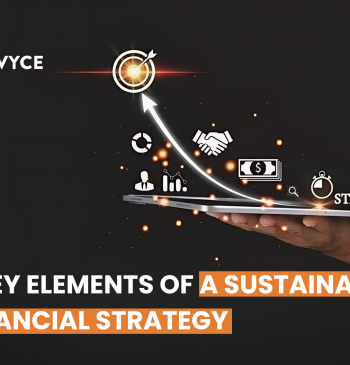30 Nov

The cost of borrowing is essentially expressed as an interest rate. This implies that when borrowers take on any kind of debt, such as a loan or mortgage, borrowers pay interest to lenders. Even though it can seem weird, there are situations where borrowers who take out loans may wind up receiving interest from lenders. In this situation, the interest rate paid to borrowers is called a negative interest rate.
Negative Interest Rates
Interest that is paid to borrowers as opposed to lenders is referred to as a negative interest rate. It is a type of monetary policy where interest rates decline below 0%. A negative interest rate happens when the central bank charges commercial banks for holding deposits with them. In other words, it is a penalty for keeping money nonfunctioning. The purpose of implementing this policy is to encourage investment, spending, and borrowing. The nations that implemented negative interest rates include Switzerland, Sweden, Denmark, Japan, and the euro nations.

The value of money today in relation to the same amount in the future is shown by interest rates. A positive interest rate suggests that your money today is worth more than money tomorrow. In contrast, a negative interest rate suggests that your money will increase in value rather than decrease over time. This situation of negative interest rate is influenced by a number of factors, including inflation, economic growth, and investment spending.
Purpose of Negative Interest Rates
The aim of a negative interest rate policy is to encourage banks to lend more money to businesses and consumers, in turn stimulating economic activity. They are intended to stimulate economic growth by encouraging lending and investment. When interest rates are negative, banks have the incentive to lend money rather than hold it as a reserve. The idea is that this will free up money for businesses to invest and expand, leading to more hiring and economic growth.
How do Negative Rates Works?
When a central bank implements a negative interest rate, it charges commercial banks for holding reserves. This encourages banks to lend out their reserves instead of keeping them at the central bank to avoid being charged. The hope is that this will increase lending and economic activity.
Consequences
- When financial institutions provide loans at a low or negative interest rates, more people are likely to borrow loan. Customers will then use this money to make investments, and purchase goods and services, contributing to an increase in economic growth.
- This encourages banks to lend out more money, in turn stimulating the economy. However, there are also potential risks associated with negative interest rates.
- Negative interest rates can cause a decrease in the exchange rate. A lower exchange rate will typically result in foreign consumers paying less for exports of goods and services. Additionally, a weaker exchange rate will typically result in higher prices for imports of products and services.
- They make a country’s currency less appealing as an investment than other currencies, which also contributes to its weakening. This may provide exporters a significant advantage, but it also raises the cost of imports, which increases inflation.
- There is evidence that negative rates can boost economic activity in the short term. However, there are also concerns that long-term use of negative rates could lead to unintended consequences such as inflation or financial instability.
Conclusion
Negative interest rate is the monetary policy tool in times of unpredictable economic inflation. Negative interest rates suggest that banks will charge deposits and savings, rather than paying interest. They’re being implemented around the world for economic growth.
Content writer at Invyce.com
Related Post
Copyright © 2024 – Powered by uConnect



Meena Khan